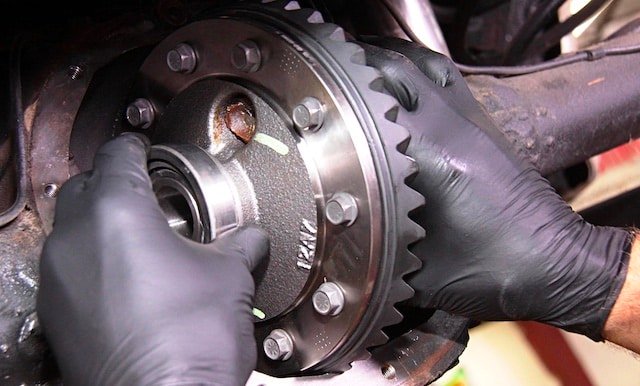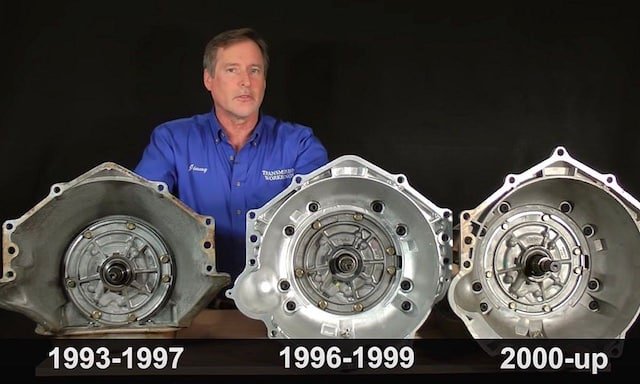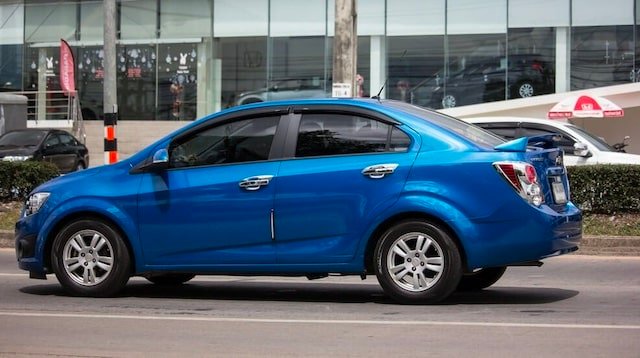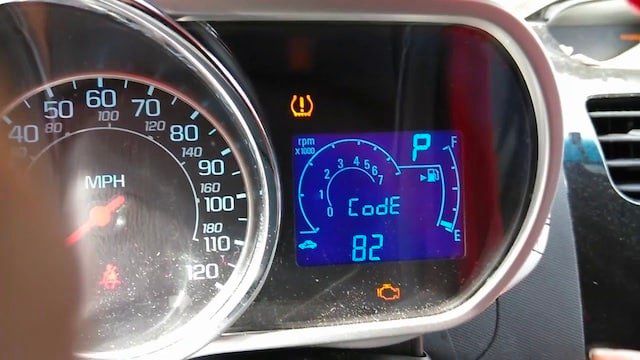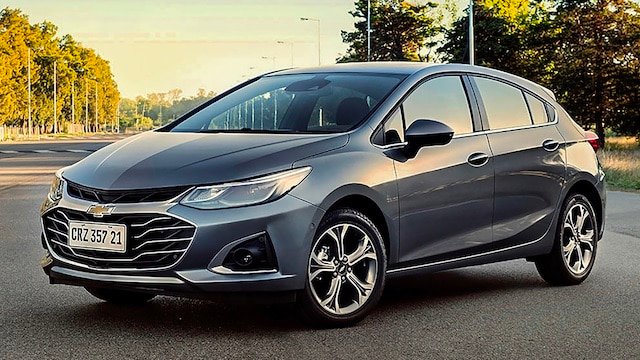If you are conversant with your Chevy Silverado dashboard, you must have seen the battery light a couple of times. This light comes on when you put the key into the ignition and start your car. However, the light should go off once the battery is running.
When you see this light on when your engine is running, it is a “battery not charging” message. Why will your Chevy Silverado present this kind of message? How do you solve the problem? We will provide you answers to both questions in this post.

Explaining the Chevy Silverado Charging System
Without a clear explanation of the charging system, it may be difficult to understand the rest of this post. Your Chevy Silverado charging system is made up of several key components. They include:
- A battery.
- Electronic Control Unit (ECU).
- Alternator
- Wiring
This system ensures that your battery remains charged when the engine is running. This way, the battery has sufficient power to crank your engine every time you need to. The charging system also distributes energy to all the electrical components of your car when the engine is running.
Chevy Silverado Battery Not Charging Message – What does this mean?
What does it mean when you see the “battery not charging” message? Simple, your car engine is running on battery power alone. What is the implication of this?
It means that your battery will not recharge because the charging system has failed. Soon, the battery will be drained of power and you’d have a dead battery in your engine. You can bet that this is one of the most embarrassing things ever. This is why we advise that you arrest the situation once you notice this message on your dashboard.
Chevy Silverado Battery Not Charging Message – Possible Causes and How to fix
The fact is that there isn’t a straightforward answer to this question. There are several reasons why your car may present you with this message. Here’s some good news. While there are several causes, each one has a solution. We will discuss both in this section.
Bad battery
This is the number one culprit to watch out for when you notice this message. Most times, the battery will run down and the car wouldn’t start. You need to reach out to a mechanic to help you check the strength of your battery. With some experience, you can run this check by yourself at home.
Here’s what you should do:
- After jumpstarting your car, leave the engine connected to the donor for some minutes. This will help your car battery to charge. Now, take off the jump cables. Did the engine stop working? If it did, then it means that your battery isn’t charging.
- Ensure that you switch off everything that may zap battery life such as headlights before testing the battery. Also, ensure that you remove your car keys from the ignition.
- Set your voltmeter to DC so that you can check the battery condition.
- Attach the positive battery terminal to the positive lead. Do the same for the negative terminal and lead. Note that the positive terminal is usually red while the negative terminal is black or brown.
- When your Silverado engine is off, the voltmeter should be reading 12.5 volts. This should be with a minimum of ±0.2 volts error possibility. If the voltmeter is reading less, then you have a battery problem. However, if it reads more, then the issue is with the alternator.
Wiring issues
Sometimes, the problem is that the wiring between the battery and charging system has issues. In more modern cars, the batteries are fixed within tiny compartments lodged in the engine bay or trunk. Because of this, you may have to get rid of several plastic covers before reaching the battery. Your best bet is to check your car owner’s manual to find out.
Older Silverado models may have issues with corroded or loose. You can clean the corroded terminals with the help of a sand-paper or wire brush. The wiring seldom gets damaged because of the quality of wires and protection used. Regardless, ensure that you check all of these before concluding.
Blown fuse
There are times when the problem with the charging system is a blown fuse. Every electrical circuit in your car, including the charging system, has an associated fuse. The fuse protects the electrical components from getting damaged by power surges and other electrical issues.
Asides from getting blown by power surges, fuses can also get bad from wear and tear. To check the associated fuse, open the fuse box inside the engine. Check for the fuse associated with the alternator and the one associated with the starter motor.
When you locate both fuses, check if they are still in good condition. Visual evaluation or testing with a voltmeter will give you the condition of the fuse. If it is blown, then you need to replace it.
Faulty alternator
Most times when your Silverado is presenting the battery not charging message, it is an alternator problem. This component is in charge of charging your car battery while the battery is running. When it is faulty, the headlights will be dimmer than usual, and the car engine may not start.
To check the alternator, switch on your car engine and connect a voltmeter to the battery. You should get between 14 and 15 volts. If the power is below this, then the alternator is faulty. Another simple way to check if the alternator is faulty or not is by removing one terminal when the engine is running. If the engine goes off, then the alternator is bad.
Before concluding on changing the alternator, you should first check the wiring. If the wiring is loose, then you should fix it up. However, if it is the alternator that is bad, then you have to change it.
Conclusion
These are just some of the common reasons why your Chevy Silverado is showing a battery not charging message. If you’re unable to fix the problem on your own, consult an auto expert.

